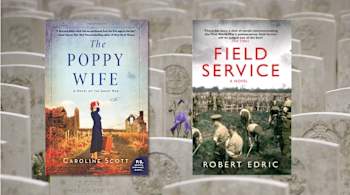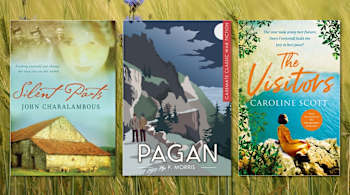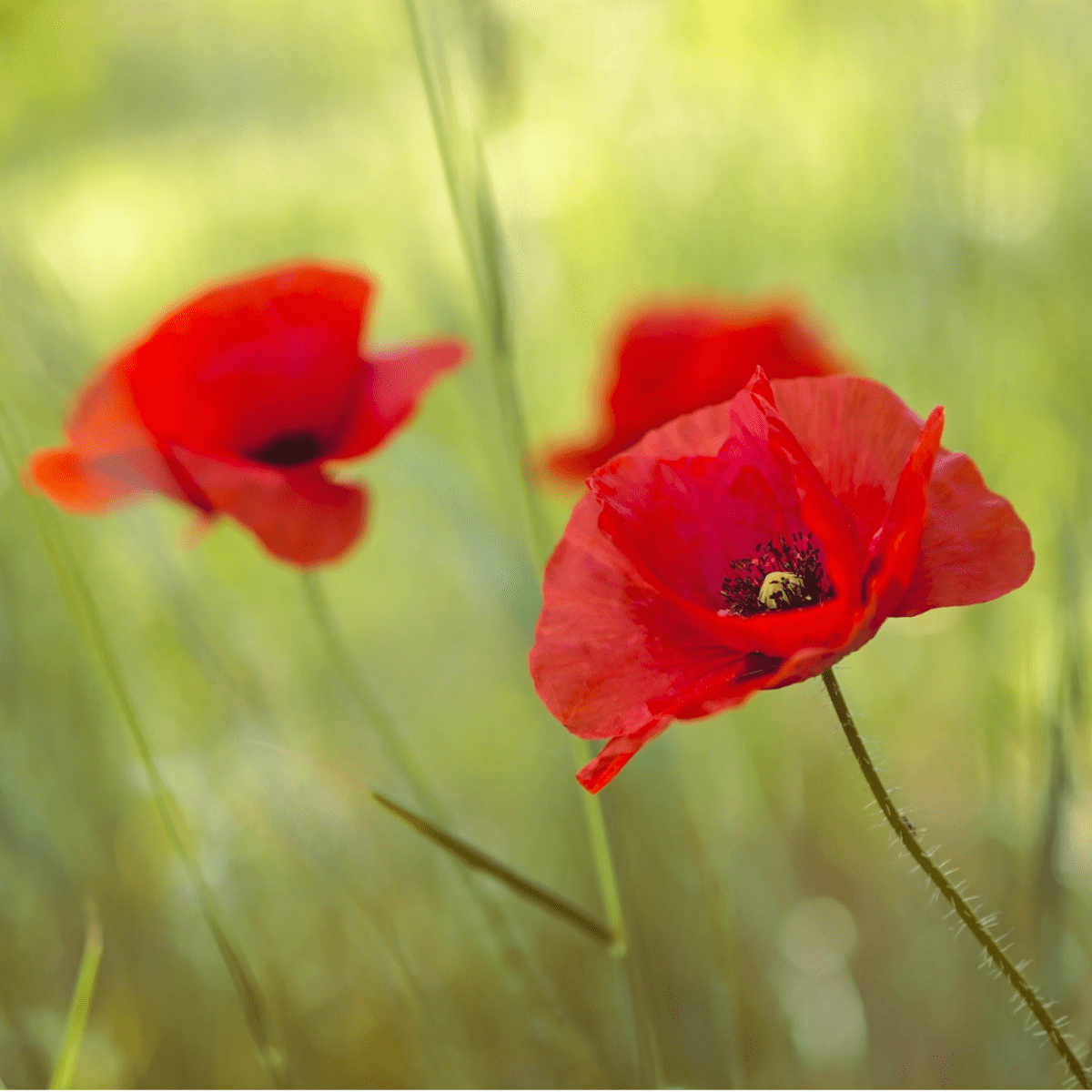Some truly wonderful WWI novels inspired me before and during my own writing, with DARE NOT TELL as the result. These fabulous books range from dual timelines, twists and turns, stories set in Egypt, Canada, cemeteries, and, my favorites, stories that deal with wartime trauma and facing its aftermath.
Since it turns out I have many favorites, I'll split this post into two posts. Wherever possible, I've linked to the book on the author's web page so you can choose from multiple retailer options.
Dual Timeline
I love a well-done dual timeline novel. Here are three that knock the genre out of the proverbial park. They are definitely influencing how I tell the story in Book 3 in the Immense Sky series.

I loved Kimberly Sullivan’s dual timeline novel IN THE SHADOW OF THE APENNINES. Set in the rugged Apennine mountains of northern Italy, Kimberly deftly weaves a dual timeline tale of an American woman's escape there after a soul-crushing divorce and an Italian shepherdess' struggle to survive love and loss after a devastating earthquake strikes the same town during WWI. Samantha uprooting herself from all she has known felt absolutely spot-on. At the same time, Elena’s life during the ‘War on Snow and Ice’ period of Italian involvement in WWI appealed to my abiding interest in all things WWI. Definitely one to re-read when I feel the need to escape my own life and revisit an Italian mountain village.
THE POPPY FIELD by Deborah Carr is hands down one of my favorites—the present-day story is beautifully believable and poignant and ties in perfectly with the heartbreaking WWI story. I re-read the last few chapters of The Poppy Field when I need to “go back” to WWI for a while. Deborah’s BROKEN FACES is also a WWI novel which will feature in another post and she has written several WWII novels which I just haven’t gotten to yet.
TIME AND REGRET by M.K. Tod is another favorite—a present day granddaughter of a WWI soldier struggles to solve an art-related puzzle her grandfather left for her. There’s a lovely romance in each time period – and—I am now convinced I need to spend a week exploring Amiens, which I have written about and visited tangentially to DARE NOT TELL but I haven’t given it its due. M.K. Tod has written several more novels, including her excellent UNRAVELLED and LIES TOLD IN SILENCE.
The aftermath of WWI dead on the living
Both of these novels deal with the dead and they’re sort of two sides of the same coin. If you’ve read DARE NOT TELL, THE POPPY WIFE is similar to the Englishwoman at the casino and FIELD SERVICE is basically what Will Ryan did instead of going home to Australia at the end of the war.

In THE POPPY WIFE, Edie wants to visit her husband Francis’ grave—the only problem is no one knows where his body lies. I knew many parents, mothers, wives, sweethearts, traveled to France after the war over to see their loved ones’ final resting place for themselves. I knew that people found and photographed tombstones for a fee. THE POPPY WIFE combines the two with some excellent twists. Interestingly, in the UK, where this was originally published, the title is THE PHOTOGRAPHER OF THE DEAD, which is I think is possibly more fitting than the US title. Titles notwithstanding, this story about a wife making the trek to the battlefields is poignant and heartbreaking but also had enough twists and tension to keep me turning the pages long past my bedtime!
I remember finding FIELD SERVICE by Robert Edric in Waterstones in London and thinking I had to buy it. I’d been bowled over by the sheer magnitude of military cemeteries and memorials, but had never really thought about how they came to be, much less the magnitude of the task since there were tens of thousands of bodies to bury respectfully. Imagine trying to get on with that task while your superiors in England are telling you to wrap it all up and then a grieving wife who’s looking for her husband’s body and her companion turn up at your cemetery gate, unannounced and unwelcome.
Twists at the beginning, middle, and end
These three novels knocked my socks off with their twists and turns. I’m not the kind of reader who is always trying to figure out “whodunnit”. I like to let the story sort of flow over me so the punches carry the maximum weight of surprise.

SILENT PARTS by John Charalambous. When you live in Australia, twelve thousand miles away from your soldier in France, it’s highly unlikely it will be simple to figure out what happened to him when he seems to disappear from the face of the earth. This story is rather slow placed and deliberate, just like missing digger Harry. There could be so many answers to what happened to him. Which is the correct one?
PAGAN by W.F. Morris. Originally written in 1931 by an English novelist who was also a Major in the Norfolk Regiment and recipient of the Military Cross. As the saying goes, Morris knew whereof he spoke, or in this case wrote. PAGAN is set in the Vosges Mountains in northeastern France, which originally piqued my interest because 1.) action in the Vosges is not nearly as well known as the Somme and Flanders and 2.) it was written relatively soon after the war ended about two men who wanted to revisit where they’d fought. It will leave you wondering how many soldiers chose the path the titular character Pagan chose.
THE VISITORS by Caroline Scott. Yes, this author is one of my favorites. She does exemplary work portraying the women who were left behind and who had to pick up all the pieces of broken lives afterwards. Like SILENT PARTS, THE VISITORS is slower-paced as Esme unfurls layers of hopes, fears, and deception. Caroline Scott's mastery of the personalities of the era, the trauma borne by those who served and those they left behind, plus her evocative senses of place are extraordinary. Her books aren't just for reading, they're experiences.
More to come on Armistice Day November 11...
